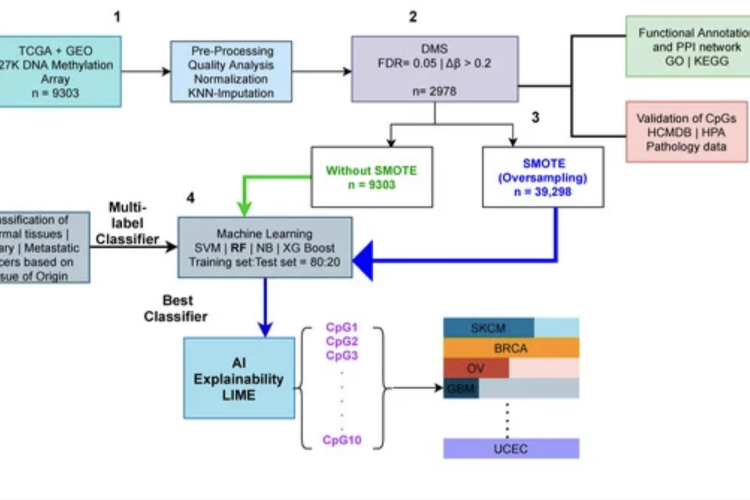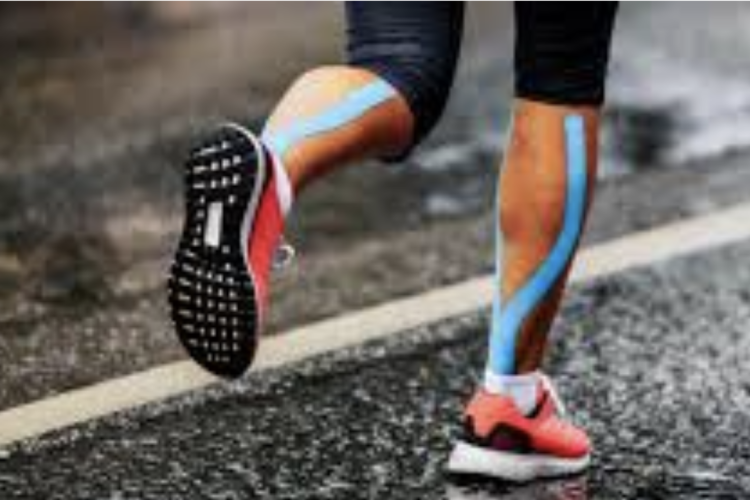Cryptocurrencies are a novel financial instrument, whose uniqueness lies in a novel distributed ledger technology that serves as a public database of executed transactions. They are also characterised by high price fluctuations, price bubbles, and sudden price crashes.
The movements of individuals within and among cities influence critical aspects of our society, such as well-being, the spreading of epidemics, and the quality of the environment. When information about mobility flows is not available for a particular region of interest, we must rely on mathematical models to generate them.
A TNA experience @SoBigData R.I.

Authors: Shakshi Sharma (University of Tartu, Estonia); Rajesh Sharma (University of Tartu, Estonia)
Early cancer diagnosis is critical for patients' early treatment and survival. Moreover, the cancer type and their primary origin are critical factors, as metastatic tumors account for up to 90% of cancer-related deaths.
Physical activity (PA) is one of the lifestyle factors that most influence whether people live a long and healthy life. Not only does an active lifestyle make people live longer,but it also contributes to better mental health and, in general, a higher quality of life.

Author: Alessio Rossi (UniPi)
Warm-up (WU) represents one of the most employed pre-exercise routines anticipating a physical activity, both in health-related and competitive sporting environments. It is widely considered effective to promote specific effects related (e.g., increased thermoregulatory strain and decreased resistance of muscles and joints) and non-related (e.g., post-activation potentiation and psychological effects) to temperature changes.
"I would like us to move towards an Artificial Intelligence centered on the person and society. [...] The choices we face today are linked to fundamental ethical issues about the impact of AI on society, in particular its influence on work, social interactions, healthcare, privacy and equity."
Interesting interview with Fosca Giannotti on the future of AI and SoBigData.
https://www.donnenellascienza.it/news/interviste/fosca-giannotti/
In many data science tasks our goal is to understand the relationship of two different sets of entities. For example, a common problem that online shops need to solve is to understand the relationship between customers and products. This relationship reveals clusters of products that are frequently bought together and groups of users who buy similar products. Such insights can then be used for marketing activities or to make product recommendations.
Online social networks are an integral part of modern society: they connect millions of users from around the world. For many people they serve as their main news aggregators and a window of what is happening in the world. Despite intensive research, many phenomena revolving around online social networks and their impact on society are still not sufficiently understood. One of the main challenges in this area is to establish whether echo chambers are widely present in social networks or not.
